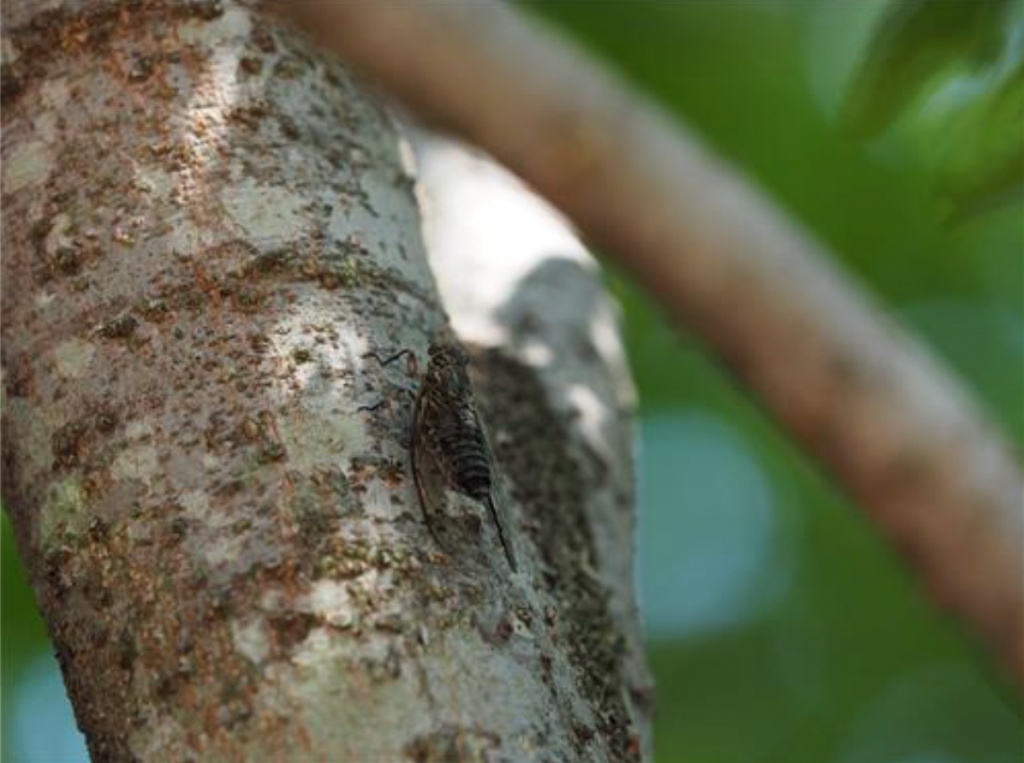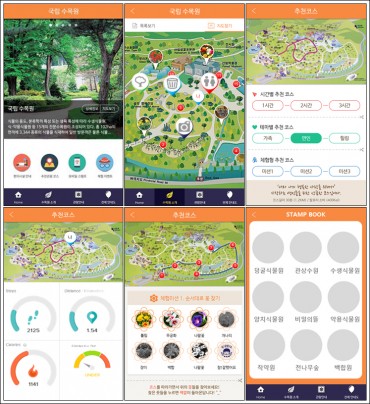SEOUL, July 14 (Korea Bizwire) – The ‘Cicada Chant’ is one of the most symbolic sounds of the summer. The insects spend from 3 to 17 years underground feeding off trees, and their males spend their final month of their lifecycle aboveground singing to attract their lifelong mates.
Although one might mistake the ‘singing’ to be the same for all identical species of cicadas, just like humans, they also have dialects.
“Among the domestic species, the chirpings of cicadas that live onshore and those on islands differ,” said Dr. Yoon Gi-sang.
Yoon, who teaches at the Sejong Academy of Science and Arts, has a doctorate in cicada research.
Meimuna opalifera is one of the cicada species found in Korea. According to Yoon, its chirp is separated into five parts – preparation section, rhythm part 1, mid-section, rhythm part 2, closing section – for those that inhabit the mainland. However, its offshore counterparts, such as the ones from Ulleungdo, have a different pattern that is much simpler: preparation section, rhythm part 1, rhythm part 2 (shorter), closing section.
While it has been established that meimuna opalifera from Korea, Taiwan, and Japan all make different chirping sounds, it was previously believed that Korean meimuna opalifera had the same chirping patterns.
There are approximately 12 species of cicadas that inhabit South Korea, and the most commonly found species in urban areas are meimuna opalifera, cryptotympana dubia, oncotympana fuscata, and platypleura kaempferi.
By Lina Jang (linajang@koreabizwire.com)







